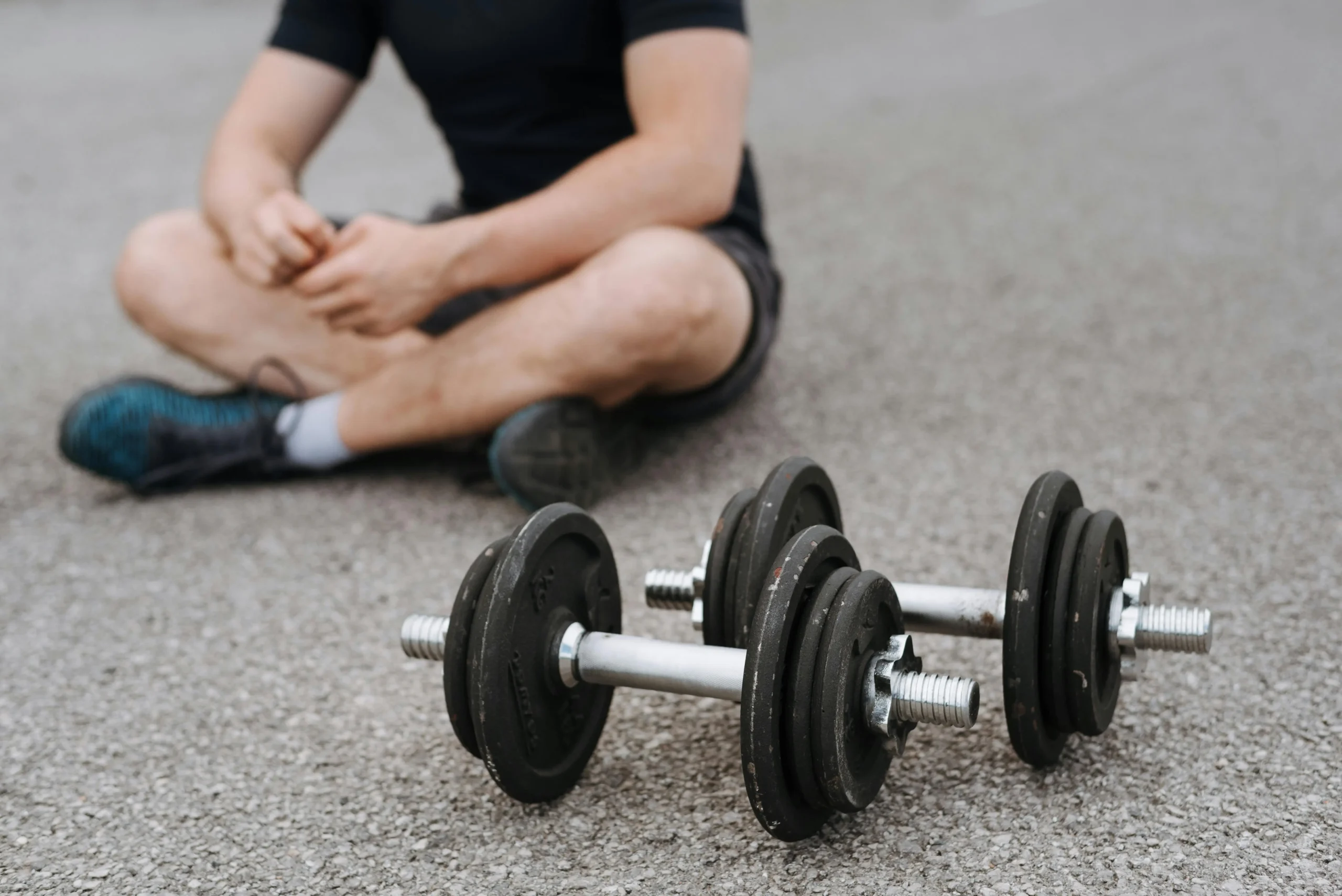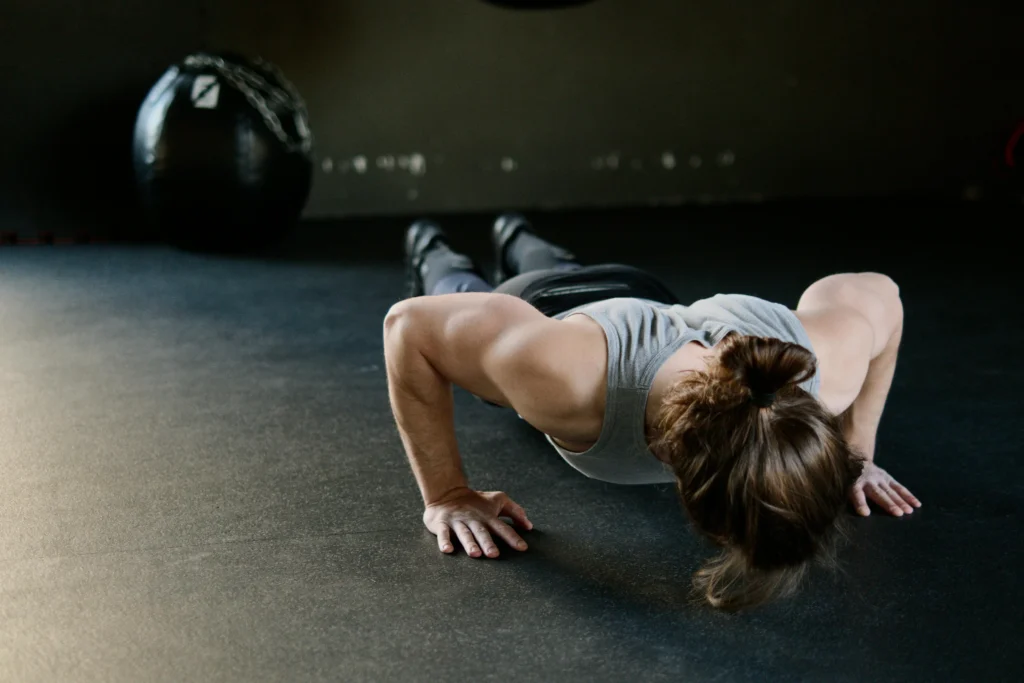How to Start Training for Mountaineering: Fitness Tips
Mountaineering is one of the most demanding yet rewarding sports in the world. It pushes both your body and mind beyond ordinary limits. For beginners, knowing how to start training for mountaineering is essential – not just to perform well, but to stay safe and enjoy the climb. This guide combines expert advice, real experiences from climbers, and fitness principles that prepare you for the high altitudes and unpredictable conditions of the mountains.

Why Mountaineering Training Matters
Unlike casual hiking, mountaineering requires a unique combination of endurance, strength, balance, and mental focus. You’re often carrying heavy loads, moving at altitude, and adapting to constantly changing terrain and weather.
Proper mountaineering training builds the physical and mental foundation needed to handle these challenges – preventing injury, improving stamina, and enhancing your overall confidence on the mountain.
Physical Fitness and Training for Mountaineering
A successful climber doesn’t rely solely on strength – physical fitness and training for mountaineering emphasize total-body preparation. Focus on Four Core Elements:
- Endurance: Long-duration cardio builds the stamina needed for hours of ascent. Try hiking uphill with a loaded backpack, long-distance cycling, or trail running.
- Strength: Leg and core power are key for carrying weight on steep terrain. Squats, lunges, step-ups, planks, and deadlifts are excellent mountain climbing exercises.
- Flexibility: Stretching prevents muscle strain and improves balance. Include yoga or dynamic warm-ups in your routine.
- Balance & Stability: Strengthen stabilizer muscles to stay sure-footed on uneven terrain. Practice single-leg balance drills or use a balance board.
These principles form the backbone of Physical Training for Mountaineering and are used by professional climbers worldwide.
Sample Weekly Mountaineering Training Plan
When you’re just starting out, structure helps keep your training consistent and balanced. Think of your week as a blend of strength, endurance, flexibility, and recovery – each day supporting the next.
You might begin your Monday with a focused strength session. Weighted squats, lunges, planks, and step-ups build the power you’ll rely on for steep ascents and carrying gear.
Tuesday could shift toward endurance – a long uphill hike, a steady trail run, or a cycling session that challenges your breathing and heart rate. This kind of training develops the stamina needed for multi-hour climbs.
On Wednesday, slow things down with mobility and stretching. A light yoga session or dynamic flexibility routine keeps your muscles loose and prevents strain – a crucial part of staying injury-free.
Thursday can be a blend of strength and cardio. Try hill sprints, stair climbs, or weighted hikes to mimic the rhythm of mountaineering: short bursts of effort followed by steady endurance.
By Friday, give your body a chance to recover. Rest days are part of training too they allow your muscles to rebuild and your energy to reset.
Spend Saturday outdoors if you can. A long hike with a lightly loaded backpack is perfect for simulating mountain conditions and testing your endurance.
Finally, use Sunday for core and balance work – things like single-leg drills or low-impact cardio to strengthen stabilizer muscles and improve control on uneven terrain.
The key isn’t perfection but consistency. Over time, you’ll notice your pace improving, your recovery faster, and your body feeling more resilient – exactly what every mountaineer needs before facing higher ground.
Acclimatization and Altitude Readiness
Even the strongest climbers can struggle at high altitude if their body isn’t properly adapted. Acclimatization training helps reduce fatigue and altitude sickness.
- Practice hiking or trekking at progressively higher elevations when possible.
- If you live near sea level, train using interval workouts and endurance exercises that mimic low-oxygen effort.
- Stay hydrated and listen to your body’s cues for rest and recovery.

Injury Prevention and Recovery
Preventing injuries is just as important as building strength. Stretch after every session, include one full rest day per week, and cross-train to balance muscle use.
Many experienced climbers on Reddit recommend using foam rollers and light mobility work before and after workouts – simple habits that keep the body ready for consistent training.
Mental Conditioning for Climbers
Mountaineering challenges the mind as much as the body. Visualization, meditation, and breath control help maintain calm under pressure. Even short daily mindfulness practices improve focus, patience, and emotional resilience traits every climber needs when the weather turns or the climb feels endless.
Getting Started
Learning how to start training for mountaineering is about building a lifestyle of movement, endurance, and mindfulness. Start small, stay consistent, and track your progress. Over time, your hikes will feel easier, your body stronger, and your confidence higher.Every summit begins with small, steady steps – and the right training gets you there safely and joyfully.
